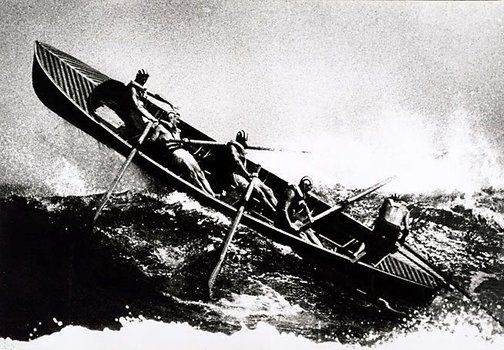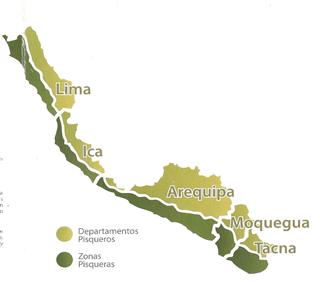The art of pisco: what makes Peru's signature spirit?
In the lush valleys of southern Peru, every year between March and April, grapes designated for pisco are harvested, fermented and distilled in order to be enjoyed by June. Peru's signature spirit comes from artisanal and industrial producers alike, but regardless of its origin, it’s a name that first must be earned.
pisco are harvested, fermented and distilled in order to be enjoyed by June. Peru's signature spirit comes from artisanal and industrial producers alike, but regardless of its origin, it’s a name that first must be earned.
From chicha, to wine, to pisco
During the Inca Empire the drink of choice for rituals and festivities was chicha, a beverage made from corn that was chewed to a pulp then fermented. In the mid-16th century, however, such a beverage just wouldn’t do for Spanish viceroyalty.
Soon after Peru was colonized by the Spanish, the first products to be cultivated were wheat (for bread), olives (for oil — not for cooking, but to light torches with in order to illuminate the city) and the grape. The climbing vines thrived along the southern coast of the Andean country, allowing landowners to produce wine, which was to be enjoyed on its own and used to purify water for drinking.
Substantial amounts of Peruvian wines were exported to Spain where they were so well received that King Philip IV saw them as a threat to national production. As a result, Spain prohibited the importation of Peruvian wines in 1614, a decision that would change everything. Wine producers in Peru, a land with extreme summer heat, suddenly faced the dilemma of what to do with all of their wine before it turned to vinegar. Distillation was the answer, and quickly their focus switched to producing brandy.
The grape liquor would find its way to Peru’s southern port of Pisco, located in what today is known as the department of Ica. Much like what happened with the spirit’s French cousins Cognac and Armagnac, the reputation for the high-quality liquor grew and the name of the port stuck with it. Quite unlike its brandy brethren, however, pisco would prove singular in the world of spirits and even strike up a bit of drama along the way.
Keep reading clic here







